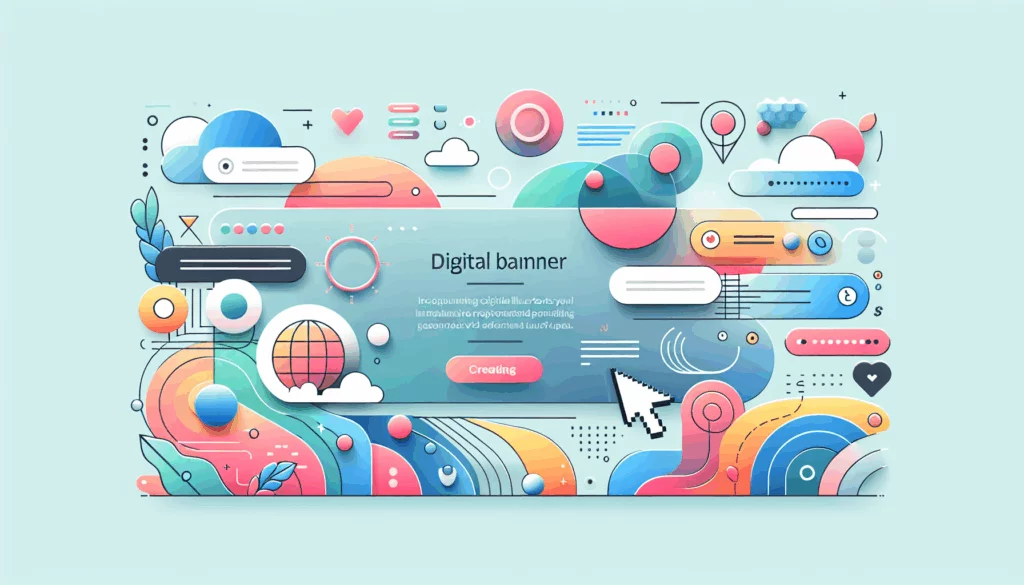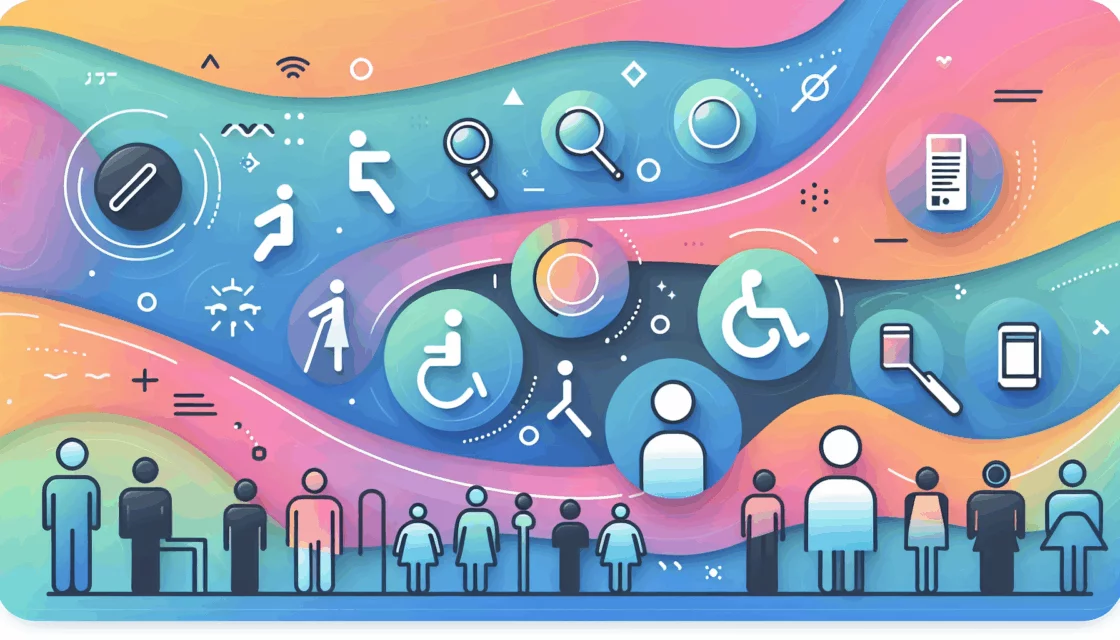
In today’s fast-paced digital landscape, understanding your users’ needs and optimizing their experience is critical for businesses aiming to increase engagement and conversion. Reach out to Belov Digital today for expert insights on how to integrate these strategies into your web design process.
The key to achieving this lies in a powerful UX strategy called customer journey mapping. It’s a visual representation of the customer’s experience with a brand, product, or service throughout their buying journey, allowing organizations to identify pain points, improve user satisfaction, and ultimately, boost sales. In this post, we’ll delve into the role of customer journey mapping in enhancing user experience and explore how it can be effectively integrated into web design.
Enhancing User Experience through Customer Journey Mapping
Customer journey mapping is a vital tool in UX design that helps businesses visualize the customer’s journey across various touchpoints with their brand. This process involves understanding the actions, mindsets, and emotions of users at different stages of interaction, providing valuable insights into areas needing improvement.
Benefits of Customer Journey Mapping
- Enhanced User Empathy: By visualizing the customer’s experience, businesses can better understand user needs and emotions, driving more empathetic design decisions.
- Pain Point Identification: The process helps identify where users face difficulties or frustration during their interaction with your website or service.
- Opportunity for Improvement: By uncovering these pain points, businesses can develop targeted strategies to improve the overall user experience.
Types of Customer Journey Maps
- Current State Map: Analyzes the current state of the customer experience to identify areas for improvement.
- Future State Map: Outlines an ideal future state, useful for planning redesigns or new features.
- Day-in-the-Life Map: Provides a broader view of a customer’s needs and activities beyond specific interactions with your brand.
Creating an Effective Customer Journey Map
Creating an effective customer journey map involves several key steps:
1. Define the Scope
The scope of the map should focus on a specific scenario or persona to ensure relevant insights are uncovered. If you’re struggling to define personas, tools like HubSpot can help with data-driven persona creation.
2. Conduct User Research
Gather information through user interviews, surveys, or data analysis to understand user behaviors and emotions throughout their interaction with your service.
3. Identify Key Stages and Touchpoints
Divide the customer journey into high-level stages (e.g., awareness, consideration, purchase) and identify all touchpoints, such as website interactions, emails, or customer service contacts.
4. Map User Actions, Thoughts, and Emotions
For each stage, document the actions taken by users, their mindset, and the emotions experienced. This can involve creating narratives of how a user feels during different parts of the journey.
5. Highlight Pain Points and Opportunities
Identify where users face difficulties or have unmet needs, and outline potential solutions to improve these areas.
6. Implement Changes and Monitor Feedback
Once improvements are implemented, it’s crucial to monitor user feedback to ensure the changes have a positive impact on the customer experience.
Integration with Web Design
Integrating customer journey mapping into web design involves several key strategies:
1. User-Centered Design (UCD)
UCD ensures that all design decisions are made with the user in mind. Nielsen Norman Group provides excellent resources on UCD principles that can inform your journey mapping efforts.
2. Responsive Design
Ensure your website is accessible across various devices and screen sizes to cater to different user behaviors and preferences, facilitated by responsive design tools like Adobe Dreamweaver.
3. Performance Optimization
A fast-loading website is crucial for a positive user experience. Tools like Kinsta offer high-performance hosting solutions that can significantly reduce site load times.
4. Accessibility
Ensure that your website meets WCAG accessibility standards to cater to a broader audience, enhancing user experience for all visitors.
5. Continuous Improvement
Regularly update your models based on new user feedback and analytics data to maintain alignment with evolving user needs, using tools like Google Analytics to monitor user behavior.
Real-World Examples
Customer journey mapping has been successfully used by several companies to improve their user experience:
- Example 1: Atlassian, known for their collaboration tools like Jira and Trello, uses customer journey mapping to streamline user onboarding processes, ensuring that new users quickly gain value from their products.
- Example 2: Lyft improved its ride-hailing experience by identifying pain points in the customer journey map, leading to features like multiride options for larger groups, which significantly enhanced user satisfaction.
Conclusion
Customer journey mapping is a powerful tool in modern UX design, enabling businesses to empathize with their users, identify areas for improvement, and create more satisfying experiences. By integrating journey mapping into your web design process, you can drive engagement, loyalty, and ultimately, sales. Whether you’re optimizing an existing site or building a new one, remember that effective customer journey mapping is key to delivering a user experience that resonates with your audience. For personalized advice on enhancing your web design with customer journey mapping, feel free to contact Belov Digital today.













